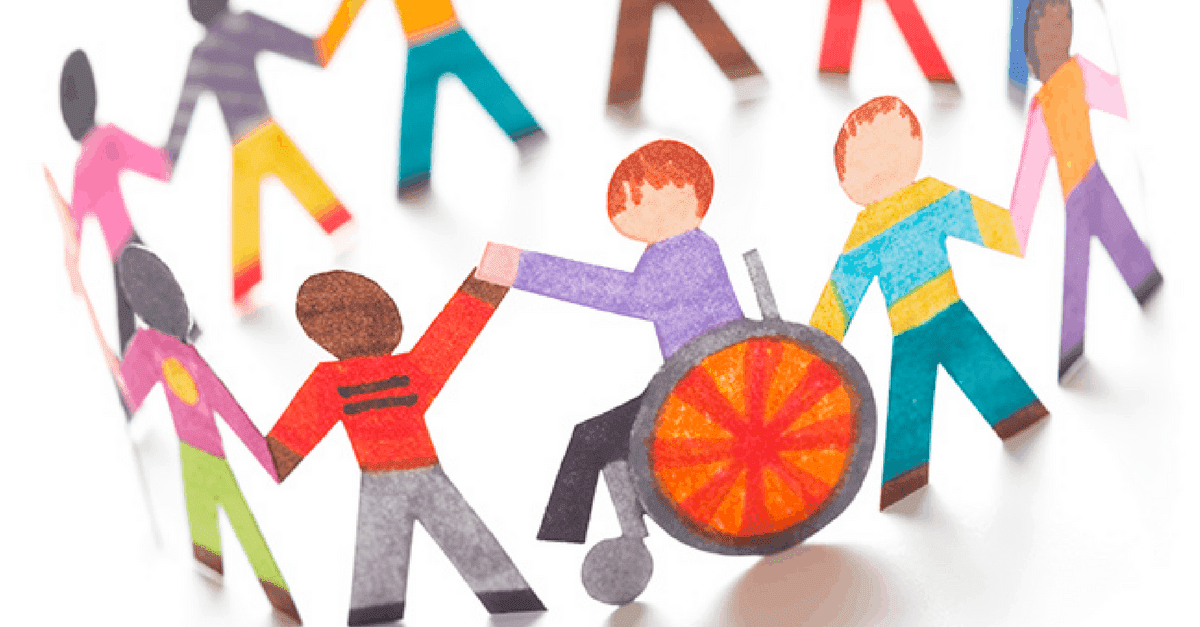Earlier this month, Sparkies Laura and Abi participated in the Innovation in Community Engagement conference, hosted by Collaboration for Impact. The conference provided crowdsourced insights and practical advice on community engagement that is highly relevant for activities and organisations in the for-purpose arena.
We were impressed by the inspiring work being done by not-for-profits (NFPs) in Australia to work authentically and effectively with the communities they exist to serve – as well as learning from international leaders.
The experience of these groups demonstrated that, for the most part, ‘innovation’ in community engagement doesn’t revolve around utilising fancy new technologies (although keeping pace with technology does play its part). The overarching takeaway from the day was that we, as collective leaders in community engagement, need to move community engagement from a transactional activity to a circular and reflective practice. For many, ‘community engagement’ is a one-off set of activities during the planning phase of a project (too often after the major decisions have been made). This is not genuine community engagement; community engagement should be an ongoing conversation.
Why is it important?
- People facing the problems that NFPs exist to solve have unique insight. Social challenges are complex and multifaceted; causes and human experiences are difficult to identify and understand from the outside. People should have the right to articulate their experience of the challenges they face; they are also the most informed.
- Experience from the conference participants of engaging with communities, business leaders and government demonstrated that community stakeholders are able to articulate systemic causes of social challenges more effectively and more quickly than leaders in government and business. It is worth noting here that the latter groups are the ones who usually shape large-scale change processes.
- People affected by decisions need to be involved in making or informing those decisions – otherwise we’ll continue to reinforce unhelpful power dynamics that leave marginalised groups excluded or left behind.
- To truly create resilient and thriving communities, the community must be empowered to solve their social challenges. The presence of intermediary- or government-led programs indicates that communities are not resilient: they are reliant on outside help.
How can we do it better?
- Close the loop: demonstrate that you have listened, and stay in touch to keep people informed about the ongoing process of change.
- First Nations peoples are too frequently excluded from community engagement processes. Not only does that let down communities who should be part of creating solutions to problems; it also excludes centuries of accumulated wisdom and enduring resilience of First Nations peoples in facing catastrophic disruption.
- Share stories of success. By building a collective evidence base, and sharing openly at fora such as this one, we can learn together and continually improve the way that we engage with communities.
At a broader level, we were also inspired by a set of underlying conditions that were identified as critical for success in collective impact initiatives. These were:
- A shared sense of urgency
- Elevating champions and convenors
- Aligned resources
- Stakeholder trust
Bringing people together to have collaborative conversations is at the heart of what we do at Spark.
Spark NFP advisory projects often start by asking our clients ‘What problem does your organisation exist to solve and for who?’. We then speak to their beneficiaries, clients or users to ask them what they need – through co-design workshops, interviews and surveys. This enables us to very quickly get to the crux of the alignment between the need and the solution. Part of our value lies in our ability to have these conversations effectively and authentically.
Learning from other participants at Innovation for Community Engagement has contributed to our process of continual learning and improvement. We also have to keep asking ourselves how we can do better.


0 Comments